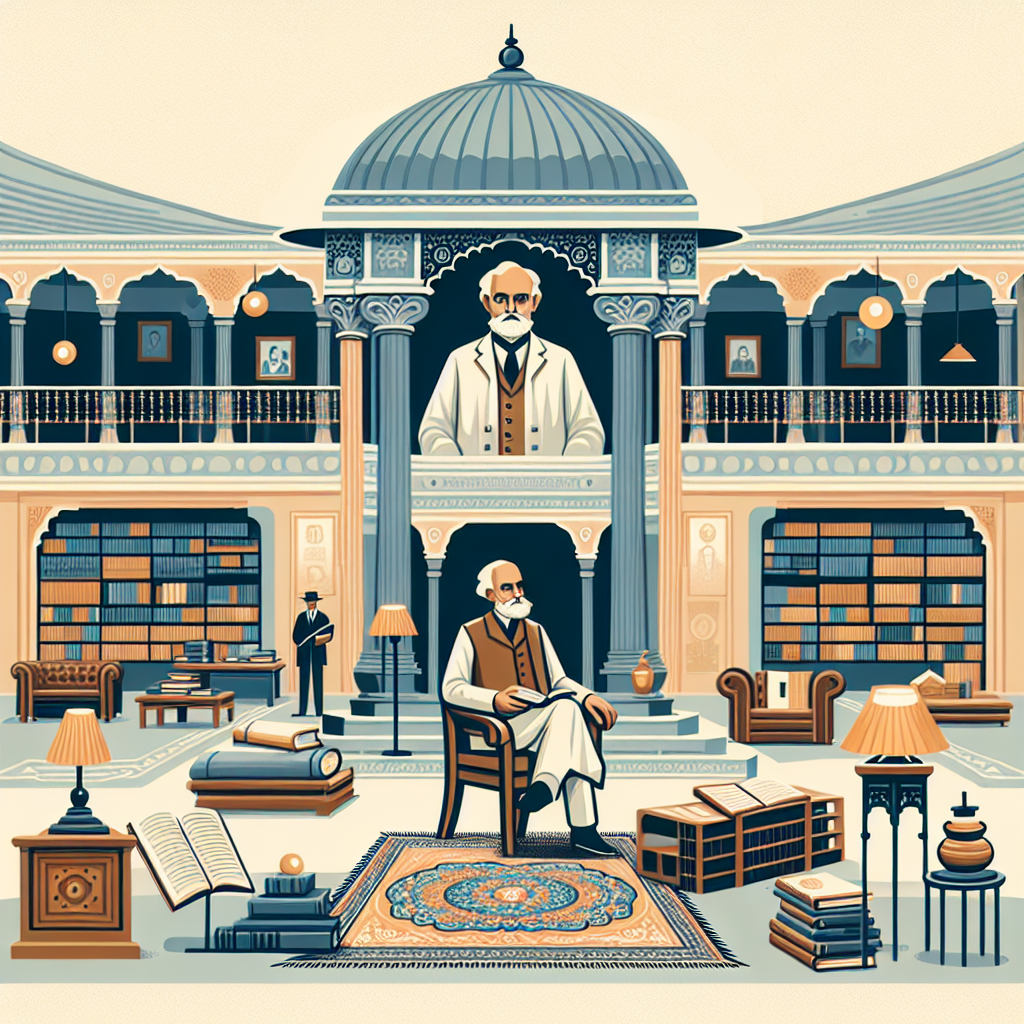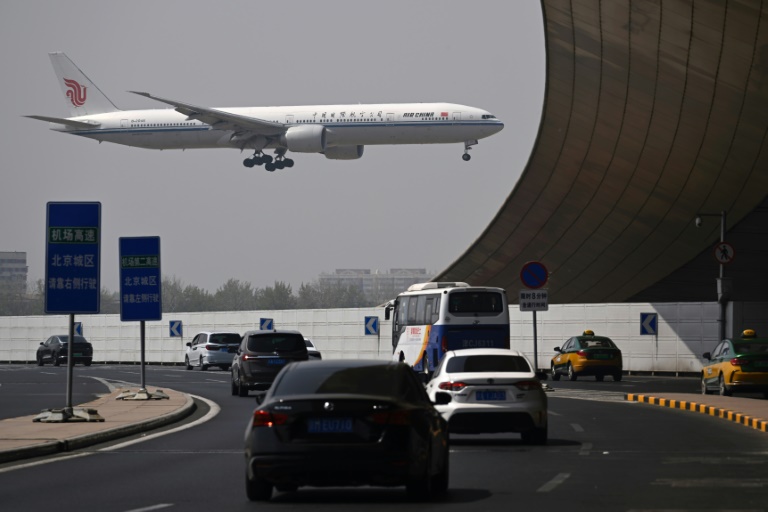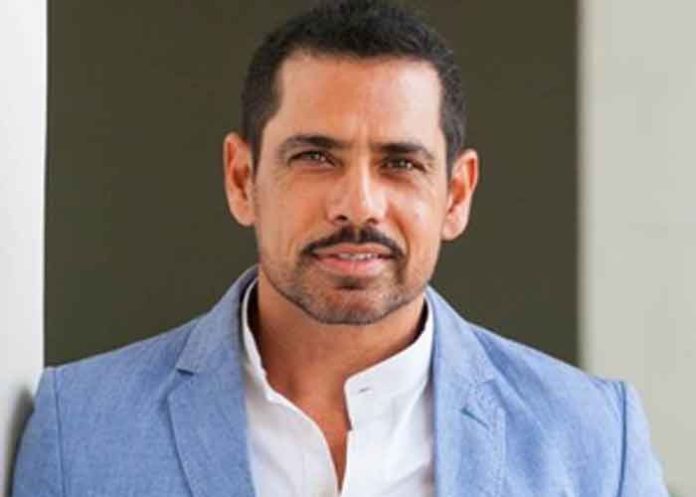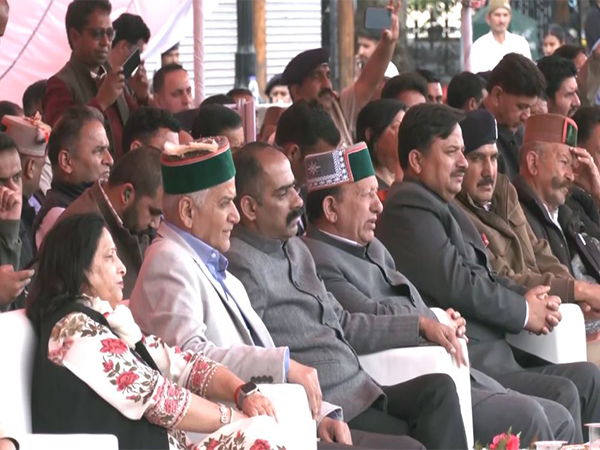Minister of Home Affairs Leon Schreiber has unveiled the Border Management Authority's (BMA) new drones and body cameras that will be piloted over the Easter weekend to enhance border security. Schreiber said the two drone models to be rolled out next week will be the Evo Max 4N and the Evo Max 4T. "These drones will now be deployed at four different border posts.
But it is important to emphasise that they will move around," Schreiber said. "There are four of these devices, but as soon as the border management authority receives indications that they are needed at other ports of entry, they will be moved to go and work all across the country." Schreiber said that the country will train eight drone pilots, two per drone, who will work in shifts to ensure the devices are operated around the clock.

While Schrieber mentioned that the drones are the BMA's technology, they resemble Evo Max 4N and Evo Max 4T drones manufactured by Autel Robotics. The drones can take off within 15 seconds of detecting a disturbance and travel at 43km per hour. The minister noted that the 4T drone is more suited for daytime operations.
"The 4N will be able to be the eyes in the sky for the BMA whenever it needs to, especially at night," he said. Schreiber said both models will have thermal detection, which will detect individuals taking cover behind objects. They will also have long-range zoom, enabling their cameras to see two kilometres into the distance.
"Regarding the night features, the 4N is deliberately designed for night operations. The starlight camera allows it to operate in lighting conditions as low as 0,0001 lux. This device is ideal for night surveys and surveillance," he said.
"Moreover, it has autonomous pathfinding, meaning it can navigate its own environment even if there are obstacles in the way. It also has object identification and tracking, which means that artificial intelligence is used to program the drone to detect certain objects." Schreiber noted that the drones were tested in port environments in collaboration with the Department of Agriculture, which helped increase the number of prevented illegal entries into the country by 215%.
This partnership with the department has proven so successful that the minister announced that it will be extended and that the department will receive five drones to use for its own operations. Schreiber also announced the procurement of 40 body cameras "to allow the BMA to see what is happening in the personal exchange at the port environment." This will allow the BMA's operational centre to detect whether someone is trying to solicit a bribe or engage in any other corrupt activities.
"We have seen the impact of these devices in other countries. Body cameras have successfully reduced corruption and increased efficiency in many jurisdictions worldwide." "The BMA is now moving onto the cutting edge of using this technology to ensure we can optimize the operations in the port environments.
" An image captured by a drone with the starlight camera on the left and without it on the right Minister Leon Schreiber described the Evo Max 4N as ideal for night conditions and better suited for daytime missions. The article has been edited to correct the Minister's statement, as the Evo Max 4N is ideal for night conditions, and the Evo Max 4T is more suited for daytime missions, according to Autel Robotics..
Top

South Africa shows off new border patrol drone tech

Minister of Home Affairs Leon Schreiber has unveiled the Border Management Authority's (BMA) new drones and body cameras that will be piloted over the Easter weekend to enhance border security....











